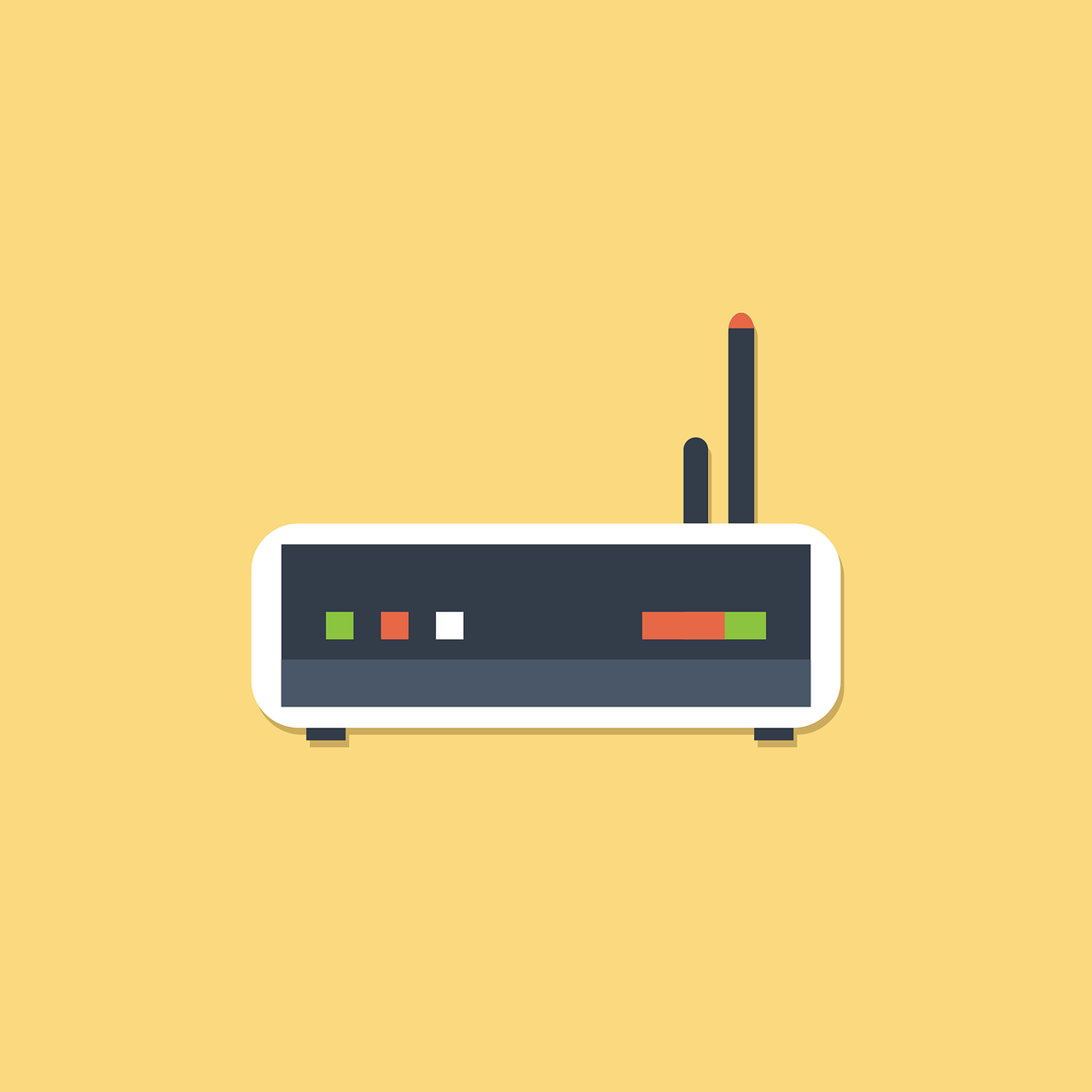Solve Your WI-FI Dead Zones

March 16, 2023
What is the Wifi dead zone?
The dead zone of WiFi connection is where the connection does not arrive or is fine but is so weak that it is difficult to use it. These are places far from the router or separated by large walls where you cannot normally surf. If you have a dead zone at home, follow these tips to improve your signal range and enjoy your Internet connection. Ideally, you should apply all the tips practically at the same time. If you still do not get an optimal result, don’t worry, you can find Wi-Fi repeaters at very affordable prices.
How to solve it?
-
Open the doors
Closed doors are signal interference. They don’t have the same impact as other objects because they are wooden. That doesn’t mean they don’t affect our wireless coverage. Leaving some doors open can make the difference between a dead zone and an acceptable signal. On the other hand, removing obstacles that can affect the Wi-Fi signal path can also play a crucial role in establishing our Internet connection.
I realize that this is not always possible, but we need to examine what elements can prevent the signal from reaching the dead zone we want to eliminate. Then move them to improve coverage, as electrical devices emit waves that interfere with Wi-Fi.
-
Use routers and place them in specific areas of your home
The Wi-Fi signal leaves the router in the form of a circular wave, and its range is limited. This means that the place and location of the router largely determine the range of the signal and the dead zones to be addressed. It is not the same to place a router in an enclosed space, where the signal is already limited by the obstacles around it. For this reason, place it in an open space, where its emission is stronger and can travel a greater distance.
The same applies to location. If you place the router on the ground, the coverage is very poor, while at medium height the signal range improves significantly. Ideally, place the router in the middle of an open space and a little higher. At the bottom, if there is a dead zone, we can move a little closer to that area, reaching the minimum distance allowed by Wi-Fi.
-
Network limitations
One of the main limitations of Wi-Fi networks is the coverage it provides in our homes. All things being equal, 2 GHz reaches more than 5 GHz. But more slowly because of the standard used and the width of the wireless channel. If you have connected to your router (in any of its frequency bands), but your coverage area is very small, you need to purchase a Wi-Fi repeater. Or better yet, purchase a Wi-Fi Mesh system for your home, which allows you to move from node to node without a Wi-Fi connection without interruption. If you plan to connect from remote locations, you can use only such Wi-Fi devices or PLCs.
-
Automatic Wi-Fi
Newer routers always automatically select wireless channels to avoid interference with nearby networks that they detect. However, it is possible that this feature is not well programmed in routers and only checks Wi-Fi networks when the router is rebooted. So not often enough to “prevent” this interference. Therefore, it would be very good if you would check the channels used by your neighbor. We recommend using Acrylic Wi-Fi Home on a Windows PC and Wi-Fi Analyzer if you use an Android phone. The automatic Wi-Fi channel configuration takes care of changing it manually.
In some cases, however, problems occur because the router decides to change the channel without waiting for all Wi-Fi clients to disconnect. Choosing the right Wi-Fi channel is critical, and in this case, it is also important that it is configured correctly to avoid problems. If you have conflicts with other neighbors, you may experience connection errors, loss of signal or speed. This can happen especially if you live in a building surrounded by several networks.
-
Many people connected
Another problem with Wi-Fi networks is that the more wireless devices are connected, the slower the wireless network will be. This is because the router and base station must avoid collisions whenever possible, which generally makes the network slower. Technologies such as OFDMA in Wi-Fi 6 and MU-MIMO allow for maximum optimization of the wireless network, but if the clients used support these two technologies, we will not benefit.
Another important point is that slow Wi-Fi clients (with one antenna) harm faster clients (with three or more antennas). So ideally, you should put slow clients on one band and faster clients on another. If the router or access point has the “Airtime Fairness” feature, this problem will be mitigated. In that the router will determine a certain “time” for each device connected at the same time.
Unused devices should be disconnected from the wireless network, so that the frequency band remains “free” and current clients get maximum speed. After all, the more devices connected, the more problems you can have. Nowadays, in IoT, it is common to have several devices connected to the network at the same time, so we need to manage them properly.








